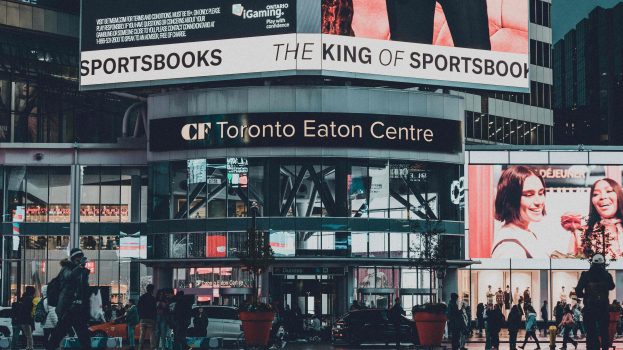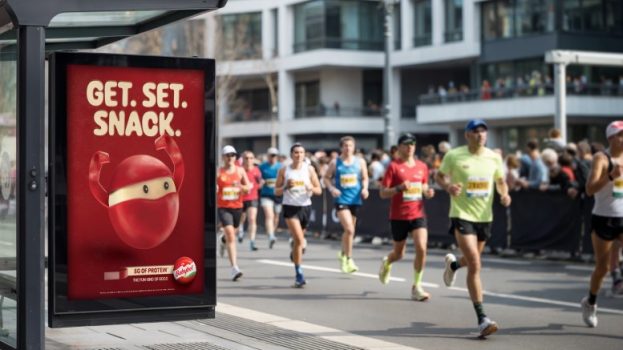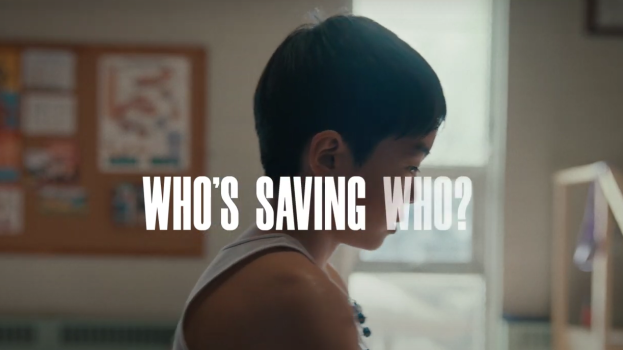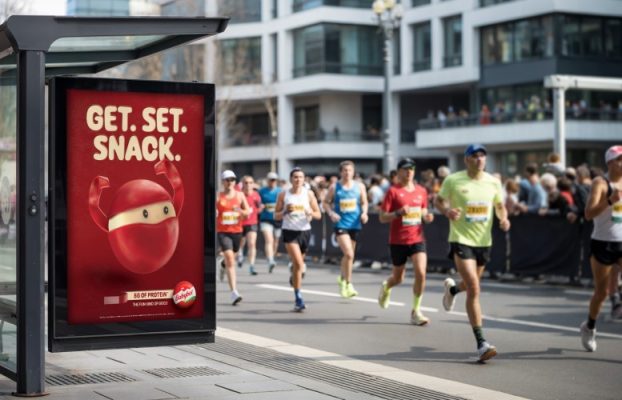Consumer demand has been creating momentum that has pushed companies to invest in environmental initiatives, but the spread of COVID-19 has required many sustainability and waste-reduction initiatives major corporations had been investing in to be put on hold.
Stores and QSRs no longer allow consumers to bring their own containers for bulk food or beverages. Grocers have waived plastic bag fees to discourage the use of reusable bags, which can carry a virus on its surface. Bottle returns at The Beer Store, LCBO and SAQ have been put on hold, and there’s been a spike in deliveries for online orders across categories.
With public health being prioritized over the planet’s health, at least in the short term, what does that mean for sustainability going forward?
Kate White is professor of marketing at the University of British Columbia, and Chair of UBC’s Ethics and Sustainability Group. She tells strategy that things like recycling programs will likely bounce back quickly, because consumers are only touching items they have used themselves and staff receiving packaging are trained to handle objects appropriately.
The bigger concern, she says, it that even once things normalize, it could be tough for consumers to resume other behaviours.
“Stores that were previously reinforcing the use of reusable bags or cups are now potentially breaking the positive habitual behaviors developed around sustainability,” White says.
Because everyone is hyper-vigilant about the spread of the virus, White says this might also decrease preference for options that can be physically accessed by others. That includes bulk-buy business models where multiple people are handling food and products (such as Bulk Barn or “packageless” stores that have emerged) and “circular economy” initiatives built on packaging that is sent away to be reused, like Loop (strategy reached out to TerraCycle for comment about how the circular shopping platform and its roll-out is being affected by COVID-19, but has yet to receive a response).
Even if these fears are unfounded or can be dealt with straightforwardly through hygiene and staff training, White says “people might automatically go into avoidance mode” because of fear responses that they’ve built up in recent weeks in response to COVID-19, and it may take time to break those new habits.
More people staying out of public also means more e-commerce. On Monday, Instacart, the North American same-day grocery delivery and pick-up service, announced that it is hiring 300,000 full-service shoppers to meet crushing demand. Walmart Canada is also hiring 10,000 new staff to handle a number of tasks associated with staying open at this time, including fulfilling delivery orders. However, the waste and carbon footprint generated by e-commerce is staggering, and if consumers find a new affinity for it and continue using it post-pandemic – including older demographics that have not previously tried it but have embraced it out of health concerns – there could be a lasting environmental impact.
Patrick Callery is an assistant professor of strategic management at Carleton University’s Sprott School of Business, and he says “we can certainly expect that greater rates of BOPIS or delivery will lead to increases (or at least not allow reduction) in disposable plastic packaging.”
According to the latest data from the American Institute for Packaging and the Environment, return rates for packages purchased online are higher than traditional retail, there are significantly more touchpoints to get a product to a consumer and the materials used are often not fully recyclable, such as certain plastics and flexible films frequently used with meal-kit deliveries.
Callery says that while there is certainly room for innovation in reusable packages, the economics will likely be more challenging. However, he says, retailers and shipping companies are always looking to execute with greater efficiency – such as by optimizing delivery routes and streamlining pick-ups – which could ultimately lead to lower transportation-related carbon impacts.
According to White, the impact depends on what the product is, where it is coming from and how it is transported.
“This is especially if the ‘last mile’ of that delivery process could be delivered more sustainably – think of electric cars,” she says. White adds that there could also be an offsetting effect in the transportation side of the sustainability equation. If people are getting more deliveries, but at the same time travelling less themselves, the net impact could be positive.
Callery says that while it’s difficult to foresee how the current crisis will change cultural norms “there is a chance the average consumer may develop an association, whether well-founded or not, of sealed, disposable plastic packaging with a product’s sanitary status.”
However, Callery questions whether we will see heightened automation and more robotics to the supply chain to allay fears of human touching beyond what’s being driven by current underlying trends. However, he says, some manufacturing firms may certainly move towards higher integration of robotics as a matter of risk management – avoiding disruptions to operations when the next pandemic comes – in addition to operational efficiency.
























